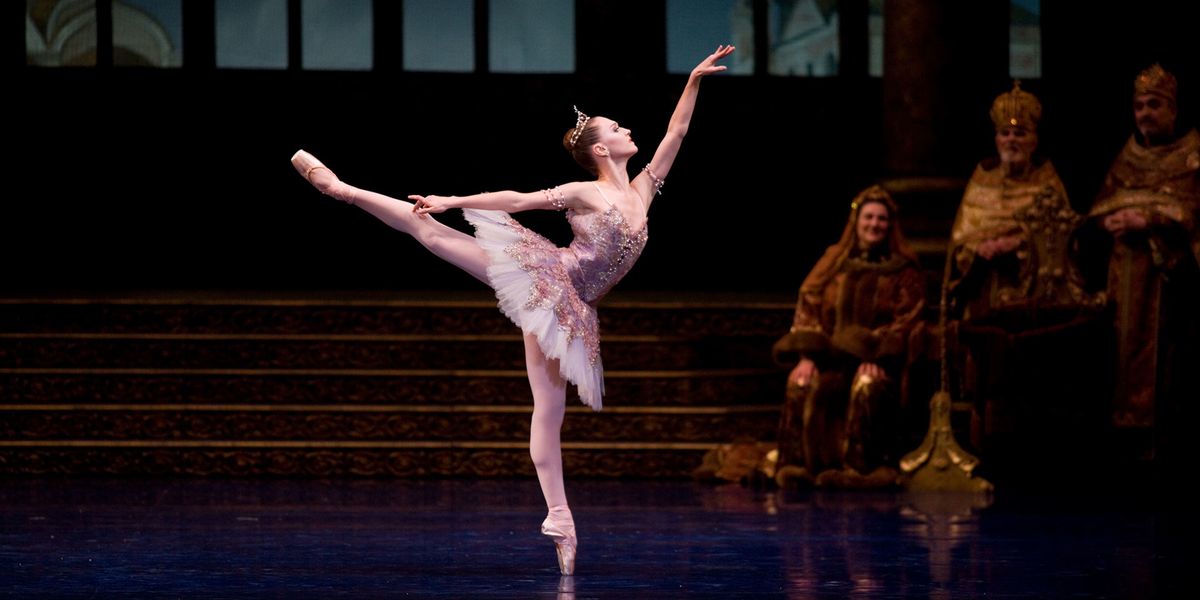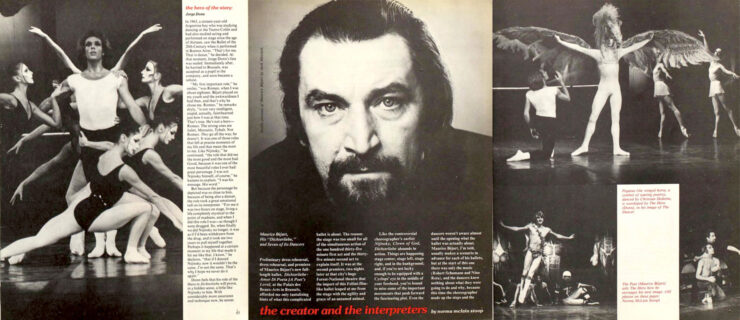These 5 Details Can Make Or Break Your Performance
As a dancer, you spend hours looking at yourself in the mirror perfecting your lines, and try time and time again to fit one more rotation into your pirouette. But stop for a second, and think about what you admire in other performers. Sure, your favorites probably have nice facilities and can pull off great tricks. But there’s something else that makes them sparkle onstage.
That’s because dancing is all about the details—the way you connect movements, how you hold your hands and the way you walk onstage, for instance. “It’s about how you inhabit the steps,” says Linda Kent, who teaches modern dance at The Juilliard School. “Because guess what: It’s a performing art. Why are you dancing? To be a good little machine? One hopes not.” These details can bring out your artistry in new ways—and have the power to make or break your performance.
#1: Transitions
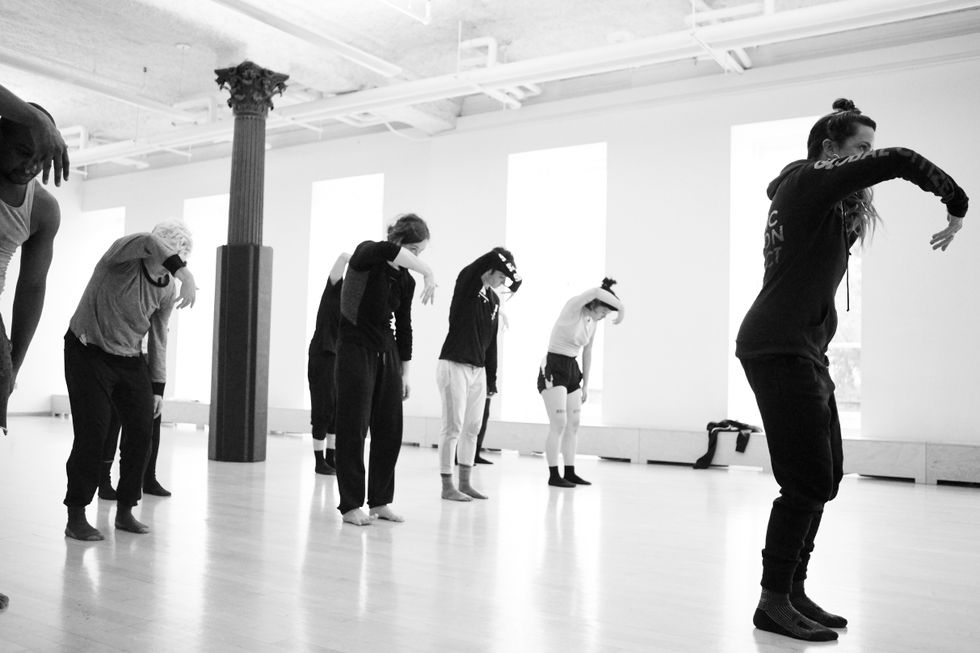
Kristin Sudeikis says transitions can help build a sense of anticipation. Photo by Lauren Volo
The most individual dancing happens within the connections from one movement to another, but dancers often forget to give proper attention to these transitional moments. “I don’t want to see a step,” says Kent. “I want to see the impulse.”
“So often we’re focused on what the final picture looks like,” says Kristin Sudeikis, who teaches contemporary jazz at Broadway Dance Center. “But the reason we’re interested is because of everything that leads up to that.” Build this sense of anticipation by playing with your timing and musicality.
Sudeikis says dancers have particular trouble transitioning from left to right. “I sometimes think of the tide of the ocean—you drop down and in before you switch to go another direction.” Thinking about things like your arm placement and turnout can help you maintain control. Remember that the audience can see you, even if it feels like a small moment.
#2: Hands
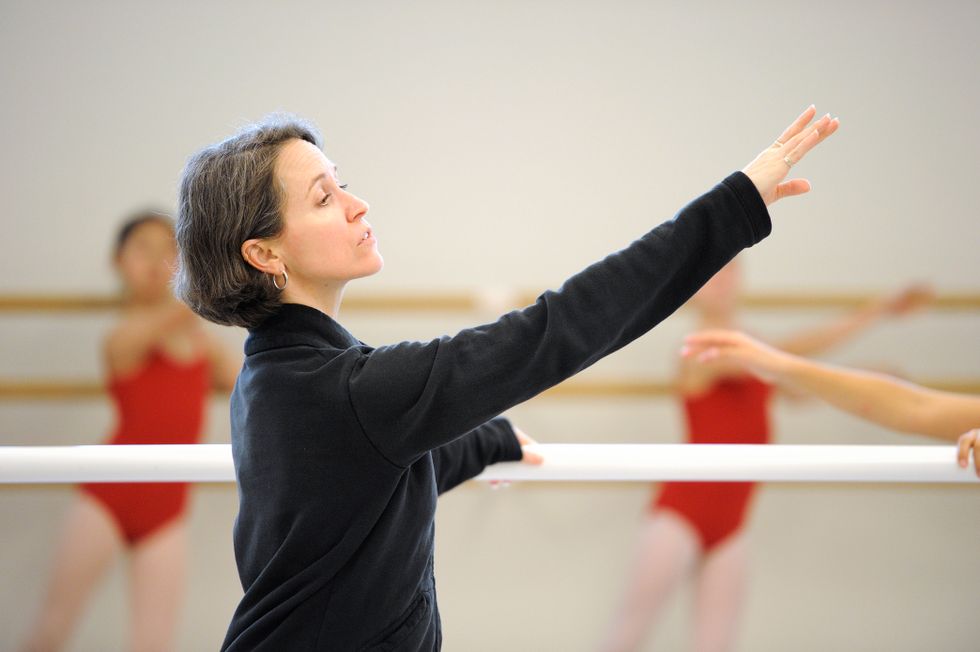
Tina LeBlanc suggests thinking about how your character would hold their hands. Photo by Erik Tomasson, courtesy SFB.
Hands can be the most expressive part of the body, so pay attention to what every part of your extremities looks like, including your wrists, knuckles and fingertips, says Sudeikis. Fixing a bad habit doesn’t always start with the hands themselves, though. “You want to be aware of them from the spine, to the shoulder blade, through the bicep, tricep and elbow,” she says.
It can be difficult to find a happy medium between energized and relaxed, and to adjust your approach for different pieces. “Think of your hands for each role: If you were doing Giselle, you would want them to be softer. If you were doing Swan Lake, you have to feel those wings right to the end of your fingertips,” says San Francisco Ballet School’s Tina LeBlanc.
#3: Focus
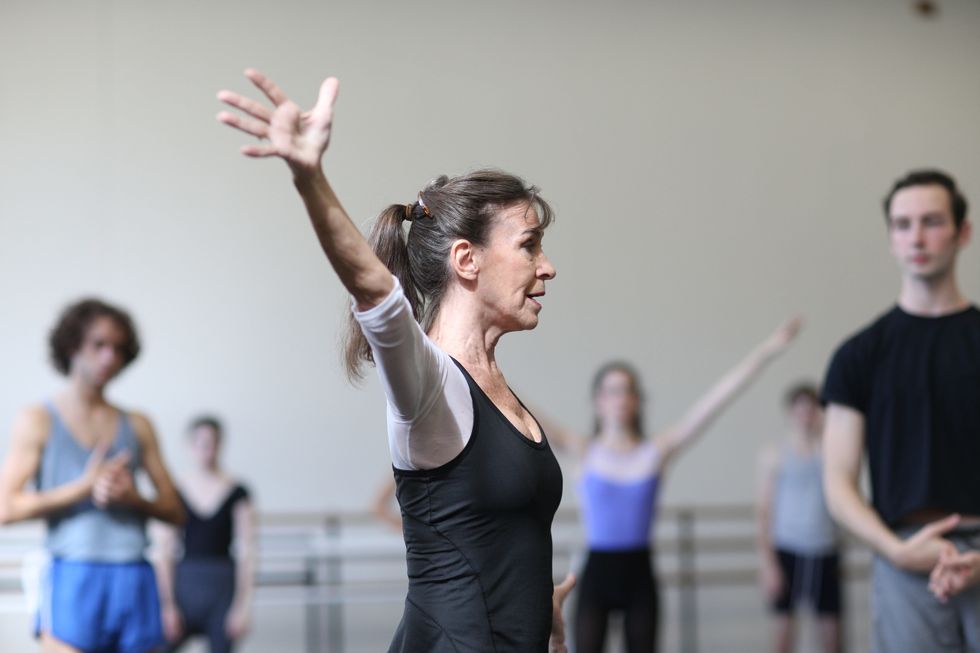
For Linda Kent, even the slightest shift in focus can change the meaning. Photo by Todd Rosenberg, courtesy Juilliard.
Onstage, your eyes can communicate as much as your entire body. “They can be dropped by a quarter of an inch and it can say something totally different,” says Kent. “You want your sternum lifted and your eye level above the horizon a little bit so we can see you.”
But focus isn’t just essential when you’re looking at the audience, says Sudeikis. Think about how you engage with the dancers around you. “Don’t look past the person to your right, even if you’re not making eye contact with them,” she says. “Look at their shoulder or pick out another specific point so that you really see something.”
Like most details, this is something that can be practiced in the studio. Know where your focus should be at all times, and think about what kind of energy you should be expressing, whether soft, intense or somewhere in between.
#4: Walking and Running
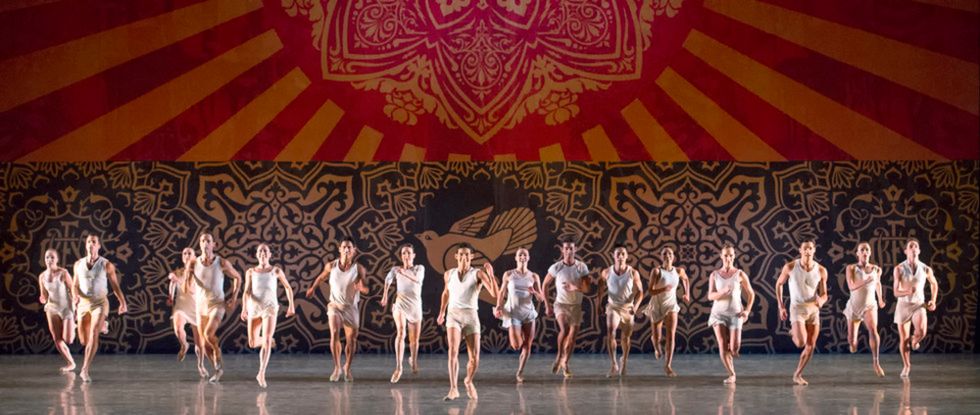
Don’t forget to run with your whole body. Photo by Gene Schiavone, Courtesy MCB
When done carelessly, traveling onstage can be one of the most distracting parts of someone’s dancing. How you approach walking and running should be different for every genre and piece. Obviously, running in pointe shoes will feel very different from doing it barefoot; but it also depends on whether you’re dancing Paul Taylor’s joyous Esplanade or a heavy Graham piece.
“It’s all about the weight transfer,” says Kent. “As you give weight into one foot, you’re taking it from the other, and you want to make it seamless.” Don’t forget about the rest of your body, though. Using your shoulders and back effectively, like leaning into a series of runs, can completely change its look and feel.
It helps, too, to think about how your character would run. “Juliet is going to look different running than Aurora,” says LeBlanc. The same goes for abstract pieces. If you have to create a character in your head to help clarify how they would travel, do so. And stay in character until you’re offstage, adds LeBlanc. “One of my pet peeves is seeing a dancer’s energy drop before she is out of sight. You should exit like you’re running the length of a football field.”
#5: Bows
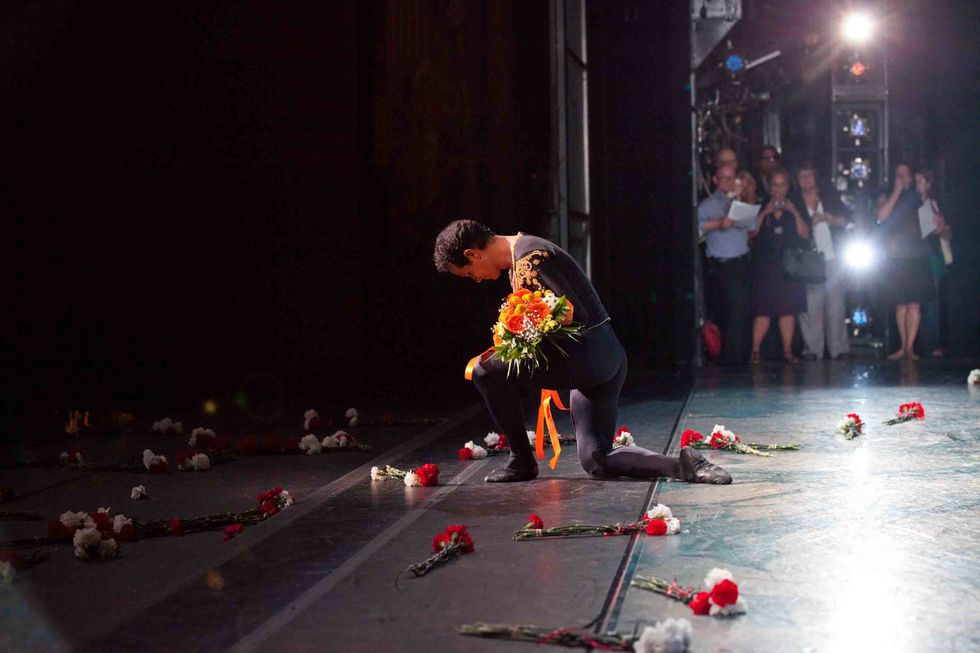
Bows are the last thing the audience sees—so make them good. Photo by Rosalie O’Connor
A piece isn’t over until you leave the stage, but bows are often left unrehearsed and unrefined. “You see this incredible piece and then the bows are kind of messy,” says Sudeikis. “It immediately takes the sophistication of the work to a different spot, and you’re doing yourself a disservice.”
How you bow is going to depend on what you’re doing. Of course, if you’re bowing during a ballet after a variation, you should stay in character. But other styles may call for something a little more “human.” Think about being yourself, and expressing genuine graciousness for the applause you’re receiving. Thoroughly rehearse your bows. Are your feet all the way together or hips-width apart? Are you trickling through your spine or staying more formally stiff? Define your finish, so you can leave it all onstage.
